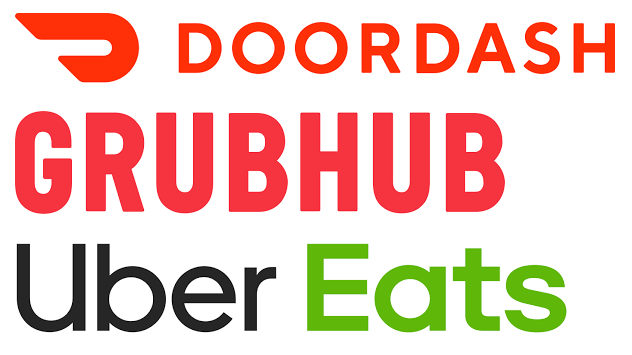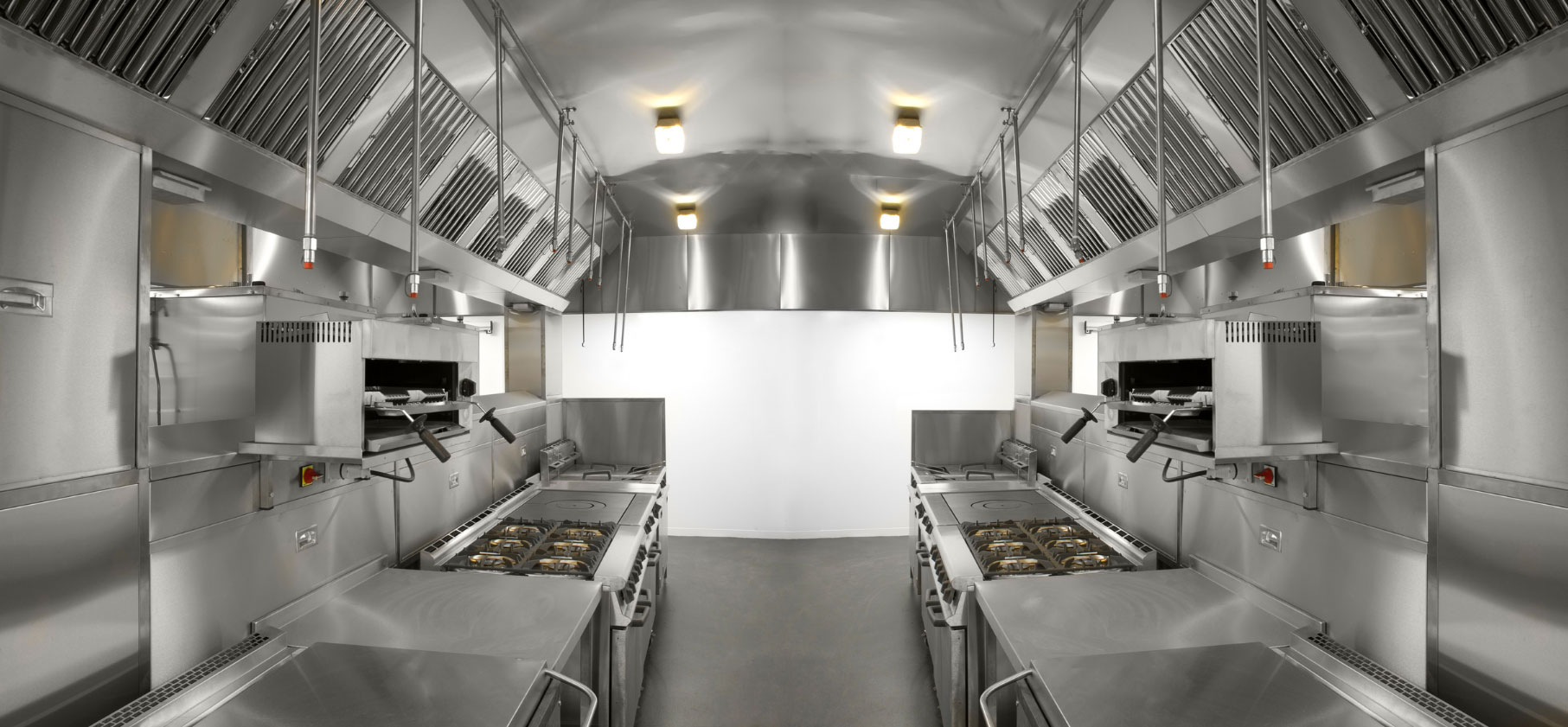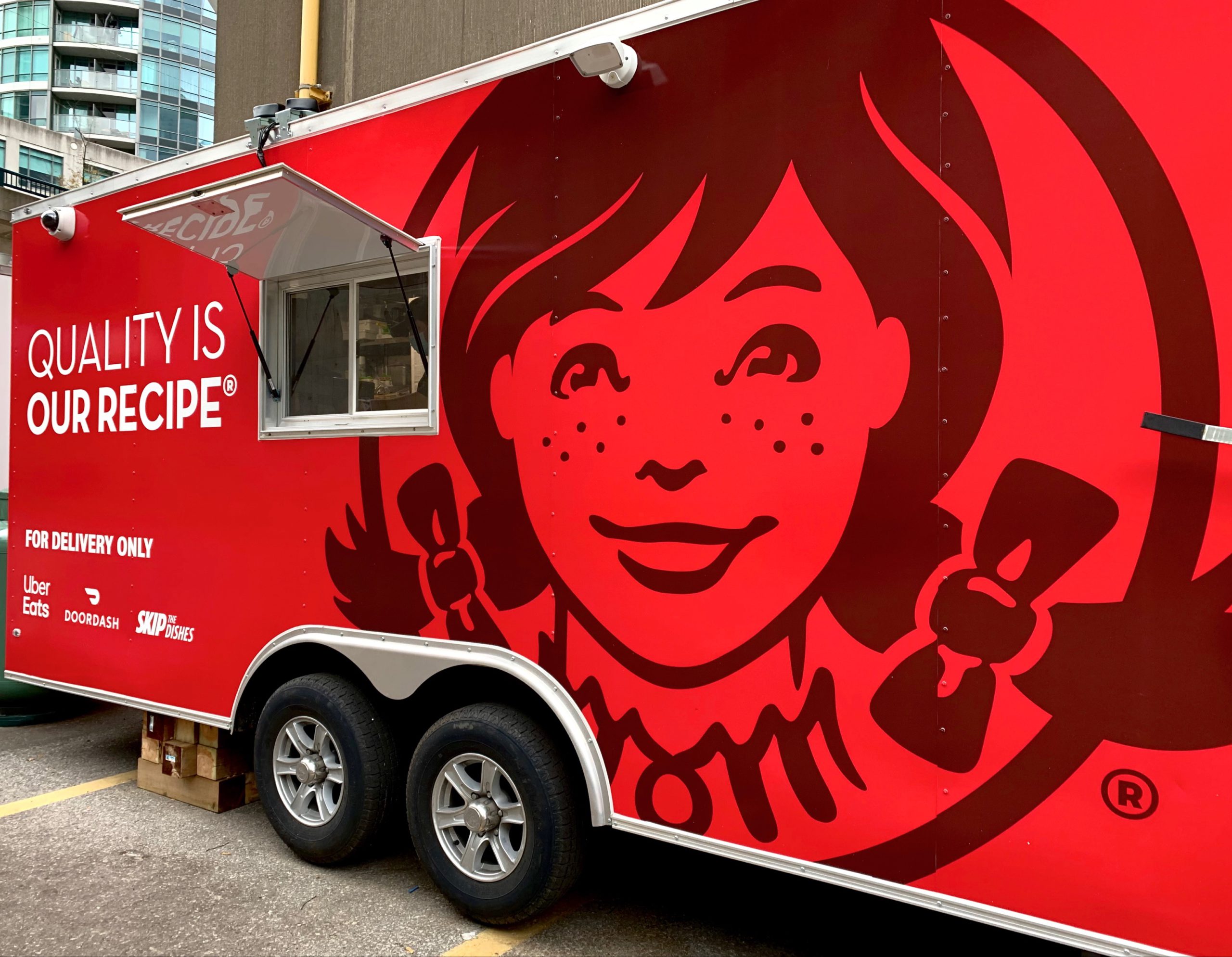
Shining the Light on Ghost and Dark Kitchens
30 August 2021Are the up-and-coming new cooking spaces the restauranteurs’ answer to profitability?
By Lisa Parrish, GMC Editor
Cooks and chefs are hard at work in a hot kitchen creating delicious food. Instead of plating, the dish is safely packaged and packed up for delivery. This isn’t the usual brick-and-mortar kitchen, it’s a ghost kitchen, also known as a cloud, dark, delivery or virtual kitchen. Without investing in décor, signage or servers, is this new food delivery system the brightest future for restaurants?
Two essential components: technology and workspace
 To understand ghost kitchens, one must know about the technology of ordering food for delivery. Grubhub was already delivering food to millennials in 50 U.S. cities in 2015 while UberEats officially kicked off in 2016. This is well before COVID-19 ushered in the March 2020 lockdown and delivered a cloistered-country hungering for familiar food. Restaurants scrambled to add their menus to DoorDash, UberEats and Grubhub as the pandemic descended. Today, these three food-ordering platforms now account for more than 95 percent of all meal delivery services.
To understand ghost kitchens, one must know about the technology of ordering food for delivery. Grubhub was already delivering food to millennials in 50 U.S. cities in 2015 while UberEats officially kicked off in 2016. This is well before COVID-19 ushered in the March 2020 lockdown and delivered a cloistered-country hungering for familiar food. Restaurants scrambled to add their menus to DoorDash, UberEats and Grubhub as the pandemic descended. Today, these three food-ordering platforms now account for more than 95 percent of all meal delivery services.
However, the cost for restaurants to be included in an app is substantial. Even though prices for the three platforms vary and the services do not advertise their fees, it has been extensively reported that restaurant costs range between 15 to 30 percent for the marketing, credit card processing and delivery fees. Those fees are staggering considering the razor-thin profit margins restaurants usually operate under.
The question for smaller, food-producing operations becomes whether the reduced costs of operating a stand-alone ghost kitchen can overcome the cost of inclusion on a popular third-party delivery app.
Ghost kitchen space
 Ghost kitchens come in variable sizes and capabilities. Larger restaurants with deep financial pockets can purchase buildings or spaces and be the sole operators out of the space to expand the delivery range for the existing brand. Another option is to rent space in a large building or warehouse that has been converted into smaller kitchens. This option is attractive not only to virtual restauranteurs, but also caterers and professional chefs. Finally, large hospitality and restaurant companies are working out deals with old restaurants, hotels or nightclub kitchens that were previously run by one brand and bringing in several of the new company’s brands to revitalize the space instead of building new kitchens from the ground up.
Ghost kitchens come in variable sizes and capabilities. Larger restaurants with deep financial pockets can purchase buildings or spaces and be the sole operators out of the space to expand the delivery range for the existing brand. Another option is to rent space in a large building or warehouse that has been converted into smaller kitchens. This option is attractive not only to virtual restauranteurs, but also caterers and professional chefs. Finally, large hospitality and restaurant companies are working out deals with old restaurants, hotels or nightclub kitchens that were previously run by one brand and bringing in several of the new company’s brands to revitalize the space instead of building new kitchens from the ground up.
Click here to watch a video describing the niche ghost kitchens are creating in their drive to serve online customers.
Most dark kitchens have several aspects in common. First, they are located in densely populated areas. This allows for more nearby, potential customers and creates a smaller delivery area, which is cost-effective and efficient. Ghost kitchens are also designed to handle delivery drivers and not in-person clientele. Additionally, all orders and payments occur through an app and are not handled onsite.
Adaptability and versatility of dark kitchens
Traditional brick-and-mortar kitchens are typically not agile enough to change menus and food concepts quickly for dine-in customers. Whereas a virtual restaurant operating through an app from a cloud kitchen can use existing ingredients, create a new menu type, upload the information and watch what happens. This gives chefs the ability to test and refine concepts with low overhead costs. Also, a virtual restaurant can create several virtual brands selling the same fare and dominate a food category while covering multiple demographics.
Drawbacks of virtual workspaces
The most obvious drawback is the loss of a storefront. Brands earn credibility and walk-in customer traffic through a traditional restaurant. Marketing and building an online food brand requires cyber marketing skills and the ability to read food delivery app data such as sales, customer ratings, delivery experience, and payouts for each order. These new skillsets need to be mastered quickly to adapt and change on the fly.
Virtual restaurants are competing against all the other virtual and storefront brands in that food category on the app. And there are a lot of food options on each app. For instance, DoorDash boasts they have 390,000 restaurants listed as of 2021.
A ghost kitchen is also constrained by its location. Delivery is most profitable and successful in a three-to-five-mile radius of the space. However, since kitchen space is usually located in populated areas, rent can often be high.
Click here to read a Roaming Hunger blog on the ins and outs of ghost kitchens.
Kitchen concepts in flux: brick and mortar vs. ghost vs. hybrid
 Whether a foodservice company operates solely online, exclusively in a storefront, or a combination of both comes down to profitability. The burning question that needs to be answered: Can a business overcome the revenue loss of delivering food, whether with couriers or an online food delivery app?
Whether a foodservice company operates solely online, exclusively in a storefront, or a combination of both comes down to profitability. The burning question that needs to be answered: Can a business overcome the revenue loss of delivering food, whether with couriers or an online food delivery app?
An article in The New Yorker, “How delivery apps may put your favorite restaurant out of business,” detailed several successful brick and mortar businesses that began offering food delivered through apps and how they either lost revenue or at best broke even. In fact, the businesses noted that delivery orders began making up a substantial portion of their sales. One restaurant CEO said that in his business there was no way he could make money even when taking away traditional dining room costs as the price of delivering food was too high.
Other companies are beginning to enter the food delivery market with their own ghost kitchens and proprietary apps. JustKitchen is working with large, established chains creating a “hub and spoke” model where food is prepared in a larger hub kitchen and then sent to smaller spoke ghost kitchens for finishing and delivery. These spoke kitchens are found in highly populated areas. JustKitchen began this model in Taiwan and brought it to Vancouver, Canada, and is now pushing the concept to restaurants in California.
Big-time players and big revenue
There is no doubt that ghost kitchens are scaring up new investments from larger businesses. Wendy’s announced last month it contracted with REEF to open 700 delivery kitchens across the U.S., Canada and the United Kingdom by 2025. "The demand for convenient delivery solutions means we must look for opportunities beyond our traditional restaurant formats, especially in dense urban areas," said Abigail Pringle, Wendy's President, International and Chief Development Officer, in a news release.
According to a story in the Wall Street Journal, Travis Kalanick, former chief executive of Uber Technologies Inc., spent more than $130 million on property acquisitions for CloudKitchens. The business has acquired properties from Portland, Ore., and Las Vegas to Columbus, Ohio, and Nashville. CloudKitchens rents out ghost kitchen space to virtual restauranteurs and assists with the technology piece of running an online business.
These large businesses are interested in a piece of the revenue opportunities offered by the online food delivery segment. The end of 2021 will see revenue in the U.S. reach $306 million, according to Statista. The number of online users of food delivery systems is projected to increase to nearly 3 million users by 2025 for a total anticipated market volume of nearly $500 million.
Shining the Light on Ghost and Dark Kitchens continues
This is the first in a two-part series on ghost kitchens. The October 2021 edition of Gold Medal Classroom will feature the hands-on, real-world experiences of chefs and restauranteurs operating virtual kitchens.
